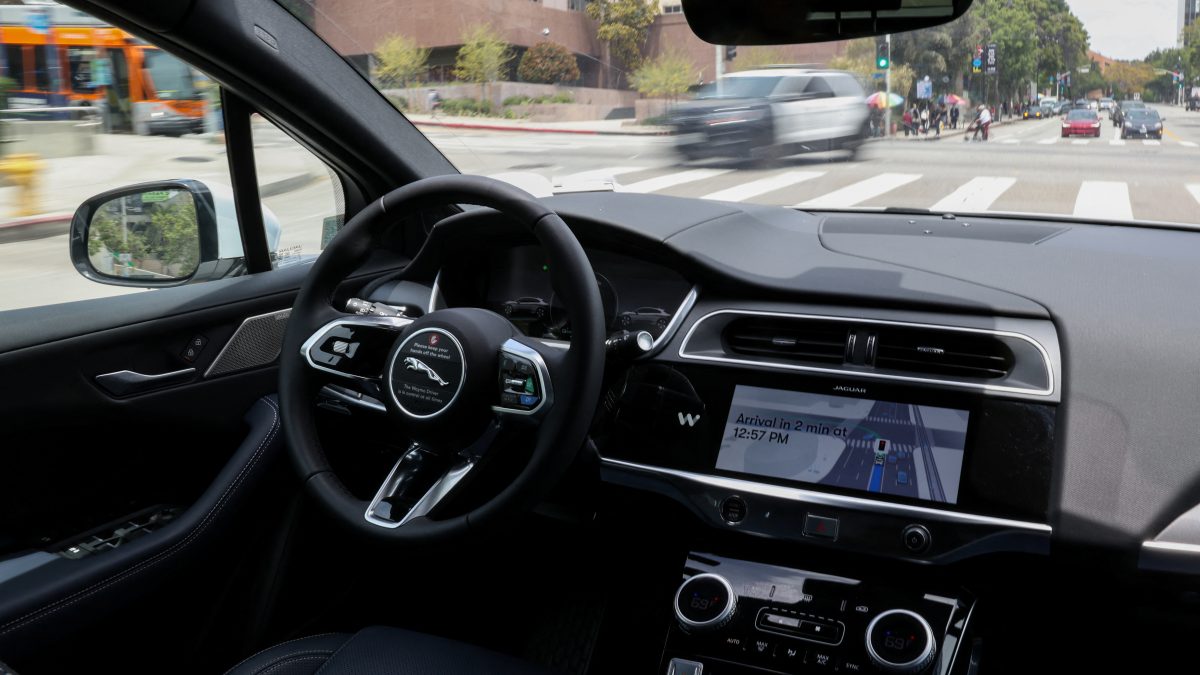Apple’s next budget-friendly iPhone, long rumoured as the iPhone SE 4, might not carry the SE name at all. Industry chatter suggests the upcoming device, set to debut this spring, will be called the iPhone 16E instead. While the rebranding may seem like a quirky rumour, it aligns with Apple’s strategy to keep its lineup fresh and appealing to consumers.
The iPhone SE series has always been known for delivering solid performance in a familiar, no-frills package. However, the iPhone 16E looks set to break away from tradition, offering a modern design and major upgrades. This could signal a significant shift in Apple’s approach to its budget offerings.
Biggest upgrade yet for Apple’s budget line
The iPhone 16E is rumoured to adopt the sleek design of the iPhone 14, complete with a 6.1-inch OLED display and a notch for Face ID. Under the hood, it’s expected to feature the A18 chip, supporting Apple Intelligence, alongside a single 48MP rear camera — a component borrowed from the iPhone 15. Other upgrades include a USB-C port and Apple’s first-ever in-house 5G modem, which could replace pricier Qualcomm alternatives.
This marks the first major design overhaul for Apple’s budget iPhone in five years. The last form factor refresh came with the iPhone SE 2 in 2020, while the 2022 model stuck with the same design, focusing instead on performance improvements. The iPhone 16E is shaping up to be the most significant leap forward in the SE lineup’s history.
Pricing dilemma
One of the biggest questions surrounding the iPhone 16E is its price. Many speculate it could launch at $499, but that feels ambitious considering its advanced features. With components sourced from the iPhone 14 and 15, plus the new A18 chip, it seems unlikely Apple would undercut its current lineup significantly.
However, cost-saving measures — like using in-house modems and more affordable OLED panels from suppliers like BOE and LG — could make such pricing feasible. Still, analysts wonder if Apple would price it aggressively, especially when a $599 tag would fit better within the existing lineup.
Why the name change matters
Switching to the iPhone 16E branding might make sense for Apple’s marketing strategy. By moving away from the SE label, Apple can position the device as part of its current lineup rather than an entry-level, older design. This could justify a higher price and give the 16E a broader appeal.
The new name also simplifies things for consumers, eliminating confusion about the SE’s generational timeline. At 6.1 inches, it’s also hard to think of this device as “small,” a hallmark of the SE series. By calling it the iPhone 16E, Apple signals it’s a modern, competitive device rather than a budget throwback — a shift that could help it carve out a stronger niche in the mid-range market.


)

)
)
)
)
)
)
)
)



